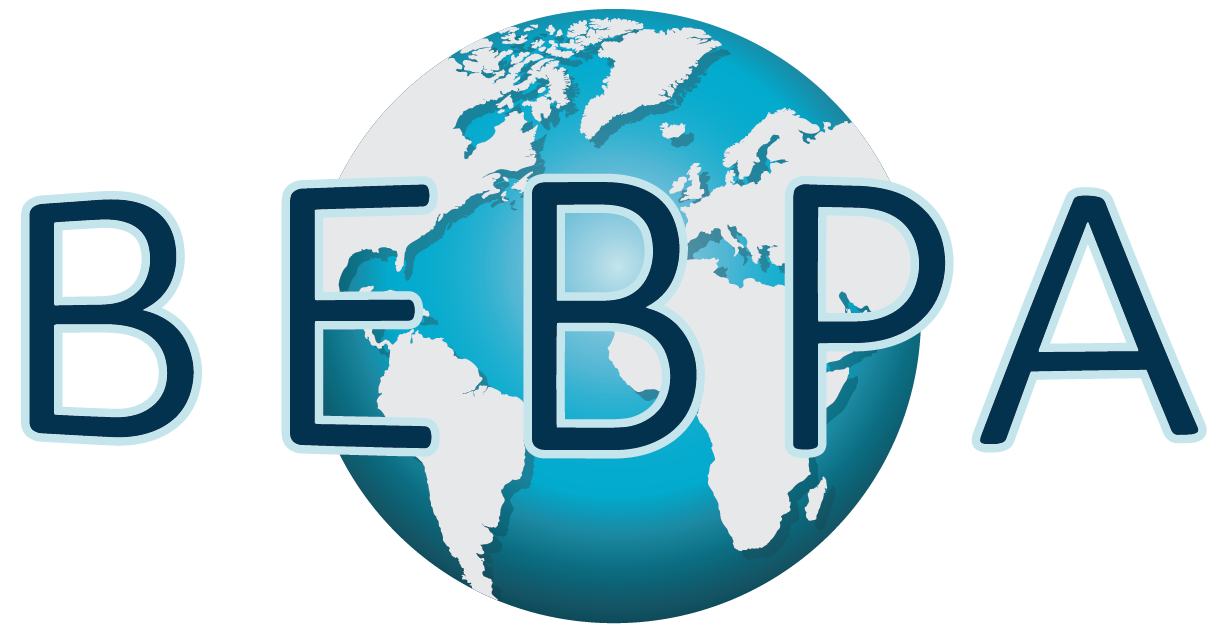2022 Automation Interest Group Abstracts
Nicole Abello, Research Associate, Seagen
Title: Riding the WAVE to the STAR; To Infinity and Beyond
Abstract: Bioassays are an important component of CMC regulatory compliance and require cell banks with low lot-to-lot variability to deliver high-quality potency data. Frozen ready-to-use (FRTU) cells offer many benefits including reduced assay variability; however manual banking of FRTU cells is time consuming, labor intensive, prone to variation, and places constraints on bank sizes. Additionally, accelerated CMC timelines, including multiple bioassays for release as well as stability and characterization testing, are driving the need to improve operational efficiency and turnaround times without compromising on data quality.To overcome the limitations of manual cell banking, we have implemented a streamlined semi-automated suspension/adherent cell banking workflow that uses WAVE bioreactors (suspension)/dissolvable microcarriers (DMC) (adherent), a Hamilton STAR liquid handler, an automated tube labeler with barcoding capabilities, and a controlled-rate freezer (CRF).The business impact of this workflow is significant. The workflow increases the throughput of the cell banking process, generating >1,000-vial high-quality, homogenous cell banks. These banks provide reproducible assay performance and are used across both development and QC labs. The added benefits of this workflow are avoiding the need to continually requalify small banks for purity and function, reduced cost, labor and ergonomic burden.
Sean Johnston, Scientist II, Biogen
Title: A Modular Approach to Automating Relative Potency Assays (and Everything Else!)
Abstract: The development of monoclonal antibody (mAb) therapeutics requires the fast turnaround of an array of analytical readouts that drive decision-making during process development. While automated assays have been established to reduce turnaround time and standardize results generation, each successfully deployed script incurs development time and increases the burden of support. Despite the high complexity of these methods, most assay workflows can be broken down into a series of simple tasks. Through the development of a non-linear script and the modularization of assay steps, these simple tasks can be accomplished using generic input-driven blocks of code, which can be linked together to form complex procedures. The result is a single automated script that promises to address a vast majority of analytical preparations, providing a flexible and efficient answer to some major challenges associated with results generation for process development.
28-30 May 2025
Lake Bled, Slovenia
Hybrid Conference
24-26 September 2025
Rotterdam, Netherlands
Hybrid Conference
October 24, 2025
Virtual Networking Event
November 4-6, 2025
Virtual Conference
February 11-12, 2026
Virtual Conference
March 23-25, 2026
College Park, Maryland
Hybrid Conference
May 27-29, 2026
Boulder, Colorado
Hybrid Conference
